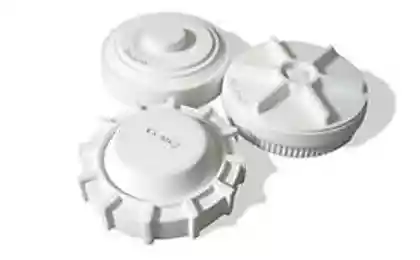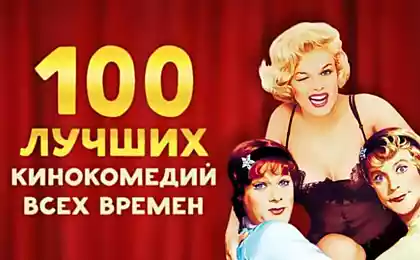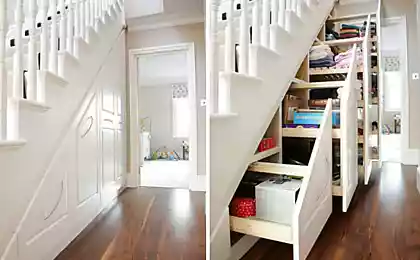447
American built rescue capsule in case of a tsunami
California, designer Chris Robinson is so impressed with the disastrous consequences of the tsunami in Japan in 2011 that he decided to protect his family in case such a natural disaster was coming to his home town of Palo Alto.

Immediately after the Japanese tsunami Robinson started the construction of the rescue capsule, which gave the name Tsunamiball. In order to build a mobile shelter, according to American ready to bear the brunt of the disaster, Chris Robinson took two years of work and dozens of hours of searching for appropriate technological solutions. The end result is worthy of attention both in appearance and in technical calculations, but its real strength will show. The designer intends to test the capsule in the pool and in the ocean, and expects to use it in a real disaster, he never has.
As for the technical solutions used in the construction of Tsunamiball, they look pretty interesting. The main material chosen was a thick and 6.4-inch plywood, the main task of which is to provide buoyancy and strength to protect against debris. Glued it Robinson with epoxy resin, and to increase the resilience, covered by polyester.Inside the rescue capsule is equipped Tsunamiball bench to which during the tsunami, it is possible to wear seatbelts. But also the range of facilities provided by a set of solar panels, and until that rent mobile toilet cabin.
The final touch in the work on Tsunamiball will be the installation of the electric motor, but its type designer still trying. By the end of this year, Chris Robinson plans to complete all tests on the strength of his creation, after which it will be erected on the roof of the garage near the house, and, if necessary, will serve as a guest bedroom.It should be noted that this capsule not unknown in the modern technical world. We have already presented options for Tsunami House and Exbury Egg, which have proven to be quite an interesting solution to the problem of rescue during the tsunami.
published
Source: zeleneet.com

Immediately after the Japanese tsunami Robinson started the construction of the rescue capsule, which gave the name Tsunamiball. In order to build a mobile shelter, according to American ready to bear the brunt of the disaster, Chris Robinson took two years of work and dozens of hours of searching for appropriate technological solutions. The end result is worthy of attention both in appearance and in technical calculations, but its real strength will show. The designer intends to test the capsule in the pool and in the ocean, and expects to use it in a real disaster, he never has.
As for the technical solutions used in the construction of Tsunamiball, they look pretty interesting. The main material chosen was a thick and 6.4-inch plywood, the main task of which is to provide buoyancy and strength to protect against debris. Glued it Robinson with epoxy resin, and to increase the resilience, covered by polyester.Inside the rescue capsule is equipped Tsunamiball bench to which during the tsunami, it is possible to wear seatbelts. But also the range of facilities provided by a set of solar panels, and until that rent mobile toilet cabin.
The final touch in the work on Tsunamiball will be the installation of the electric motor, but its type designer still trying. By the end of this year, Chris Robinson plans to complete all tests on the strength of his creation, after which it will be erected on the roof of the garage near the house, and, if necessary, will serve as a guest bedroom.It should be noted that this capsule not unknown in the modern technical world. We have already presented options for Tsunami House and Exbury Egg, which have proven to be quite an interesting solution to the problem of rescue during the tsunami.
published
Source: zeleneet.com
Scientists have found why a Zebra striped
Original solar charging for rechargeable batteries Sparkle Labs























